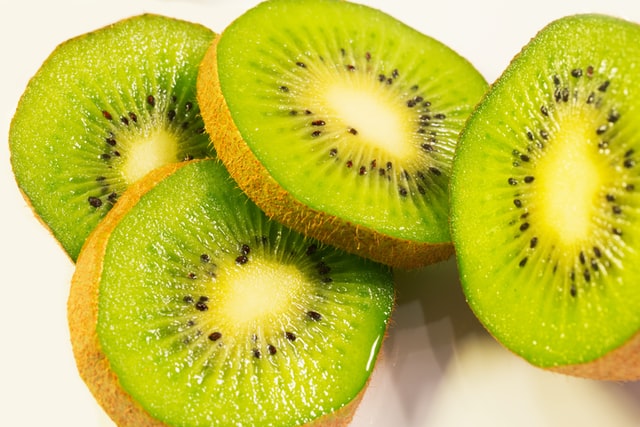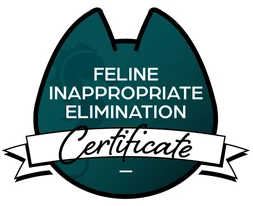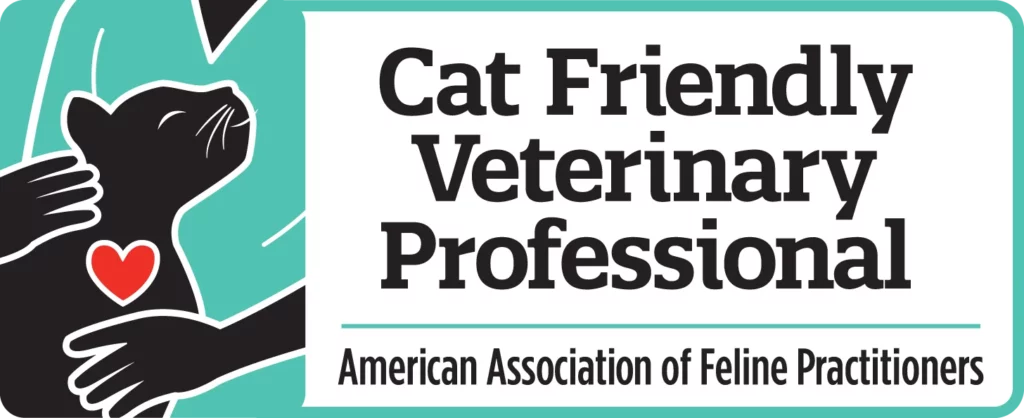I’m sure you, somebody who is reading a blog post on cats on a website for a cat behavior consultant, is familiar with catnip. The herb is well known for causing cats to get higher than a kite in a windstorm. You may have even tried giving your cat some catnip before!
While many people who try giving their cat catnip will note a delightful response of purrs, rolling around, and generally being stoned, catnip only elicits a response in about 60% of cats (Though estimates of the exact percentage vary). This may be disappointing to many cat parents who were hoping their kitties would enjoy the ‘nip. Are there any alternatives available so their cats can enjoy the chemical induced delight that catnip responsive cats do?
I hope the post title tipped you off to the answer being a resounding yes! In fact, there are a few options out there. You can learn more about catnip itself and valerian root by checking out my posts on each of them. For now, let’s learn about my personal favorite catnip alternative.
An Euphoric Kiwi
For those who’ve stopped by the MPLS Pet Market or another event I’ve been at, you know I sell silver vine (sometimes spelled silver vine), also called matatabi, from the fabulous Meowy Jane’s. It probably doesn’t surprise you that I’m starting out talking about silver vine. I always describe silver vine as “super catnip” because it often produces an even stronger response than catnip does and more cats react to it than will react to catnip.
Silver vine’s scientific name is Actinidia polygama. It’s a vining plant that is native to mountains in Japan, Korea, and China. It’s also related to this bad boy:

That’s right, a plant closely related to a fruit many of us are familiar with will make your cat go absolutely bonkers. The fruit of the silver vine plant, however, is orange on the inside. It’s not the fruit of the plant that the cats are most interested in, however. The real good stuff is in the gall fruit of the plant. While cats will react to any part of the plant that has the active chemical compounds in them, the gall has the highest concentration. In fact, a lot of silver vine powder is ground up galls.
A Chemistry Lesson
So what is the stuff cats are after? The most likely culprit is nepetalactone, an iridoid chemical found in catnip, silver vine, and other feline psychoactives. Silver vine has had at least 6 other compounds with similar chemical structures to nepetalactone identified so it’s pretty likely that other fun sounding chemicals like actinidine and iridomyrmecin also play a role in getting your cat blazed.
Why do cats like iridoids?
But why do cats like these chemicals so much? There are a few theories out there, but the leading one can actually help explain why cats respond the way they do to silver vine. Cats on the ‘vine will roll around, rub their cheeks up against things, purr, become more playful, and melt the hearts of any humans nearby. This will last from 5-30 minutes, but exactly how long cats respond is unique to each cat. In the wild, cats who do these behaviors are likely to damage the plants and get whatever chemicals the plant has inside of it all over their fur.
While this may sound like it would just create a mess for the cats, nepetalactone and related chemicals have mosquito repelling effects. It’s likely that cats who reacted in ways that covered them in this natural insect repellent lived longer than those who didn’t as the trait gave them a survival advantage. Cats aren’t likely thinking of that, though, and are just enjoying the feeling of bliss silver vine gives them.
How To Drug Your Cat
Hopefully, by now, you’re convinced that your cat needs to try silver vine. There are a few different forms available so you have options of how your cat can give it a whirl. In order for them to elicit a response, the cats need to sniff the plant material as the response is based on smell, not ingestion of the plant material.
Different Forms of Silver Vine
Probably the most potent form is silver vine powder. As previously mentioned, it’s the ground-up gall of the plant and has the highest concentration of iridoids in the entire plant. You’ll just need a little bit for your cat to have a good time with it! You can get the fruit whole, too, if you don’t want a powder.
Another common form of silver vine are chew sticks. Sticks are great as they can help give cats that like to nibble on other things something else to chew on. Plus, they’ll help clean your cat’s teeth!
I strongly recommend Meowy Janes’ silver vine as it really is the most potent and highest quality silver vine I’ve found, but there are other manufacturers out there. Regardless of where you source your silver vine from, you will want to give your cat a bit of a break between dosings of it. Cats need time between dosing or they won’t respond at all.
Of course, not all cats will respond to silver vine. While approximately 80% of cats have some reaction, there are the unfortunate kitties who don’t get to experience the joy of silver vine. Thankfully for them, there are other options out there! Check out my posts on valerian root and catnip for more information on other kitty psychoactives.
Until then, go get your cats some drugs.










